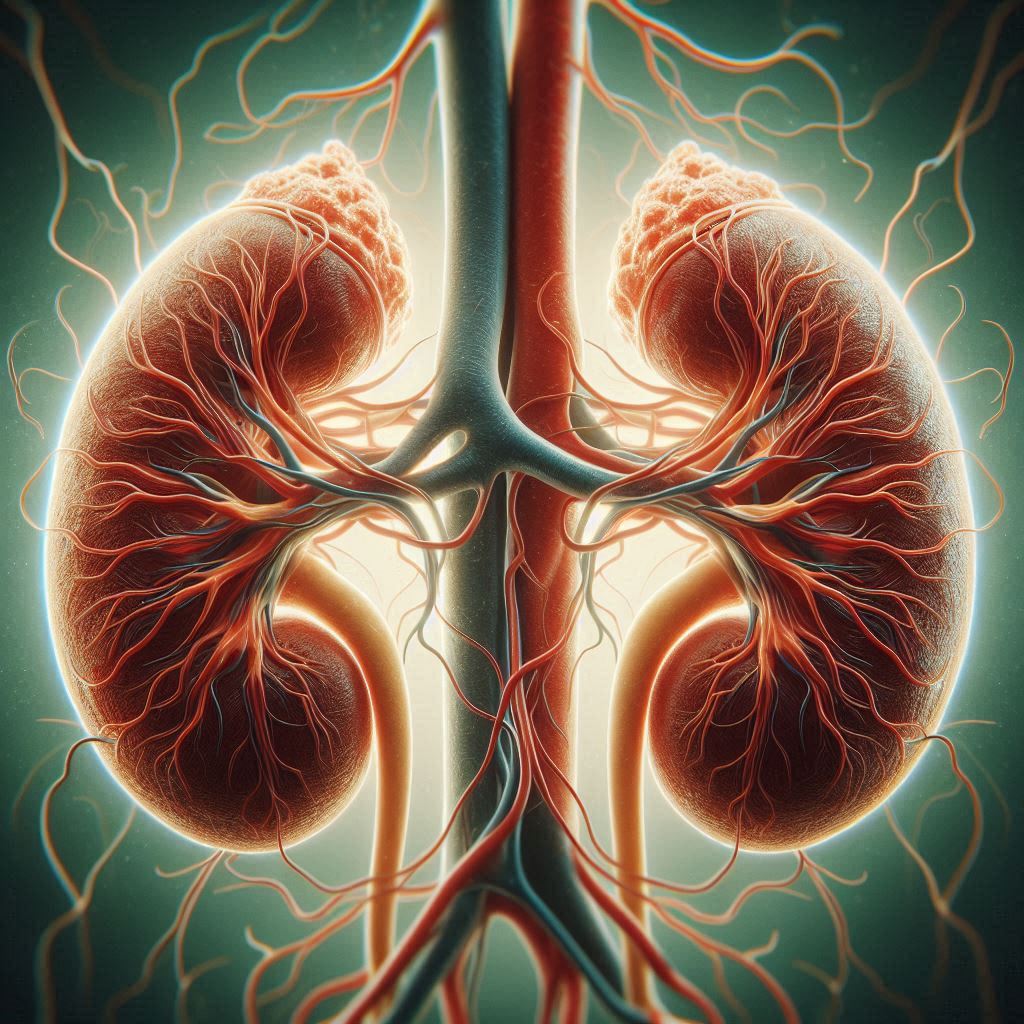The urine anion gap (UAG) is a useful tool in the differential diagnosis of metabolic acidosis, particularly when trying to distinguish between renal and extra-renal causes of hyperchloremic (normal anion gap) metabolic acidosis. Here’s how you calculate and interpret the UAG:
Calculation of Urine Anion Gap:
The formula for the UAG is:
UAG=Urine Na++Urine K+−Urine Cl−
Where:
- Na+ = Sodium concentration in urine (mEq/L or mmol/L)
- K+ = Potassium concentration in urine (mEq/L or mmol/L)
- Cl- = Chloride concentration in urine (mEq/L or mmol/L)
Interpretation:
- Positive UAG:
- A positive UAG (value greater than zero) generally suggests renal causes of normal anion gap metabolic acidosis. This includes conditions like:
- Renal tubular acidosis (RTA) types 1 and 4, where the kidneys fail to excrete H+ or reabsorb bicarbonate effectively.
- In these conditions, the kidneys are not able to increase ammonium (NH4+) excretion, which is normally accompanied by Cl- to maintain electrical neutrality. Hence, less Cl- in the urine compared to Na+ and K+.
- A positive UAG (value greater than zero) generally suggests renal causes of normal anion gap metabolic acidosis. This includes conditions like:
- Negative UAG:
- A negative UAG (value less than zero) implies extra-renal or gastrointestinal causes of normal anion gap metabolic acidosis, where the kidneys are functioning normally in terms of acid excretion. This includes:
- Diarrhea, where there’s loss of bicarbonate in the stool, leading to acidosis. The kidneys respond by excreting more ammonium (NH4+) which is accompanied by Cl-, thus increasing urinary Cl- relative to Na+ and K+.
- Other conditions like ureterosigmoidostomy, small bowel fistulas, or excessive use of certain laxatives.
- A negative UAG (value less than zero) implies extra-renal or gastrointestinal causes of normal anion gap metabolic acidosis, where the kidneys are functioning normally in terms of acid excretion. This includes:
- Zero UAG:
- A UAG around zero can be seen in situations where there’s no clear predominance of renal or extra-renal causes or in some mixed scenarios.
Practical Considerations:
- Accuracy: The accuracy of UAG can be affected by several factors:
- Urine collection methods.
- Recent dietary intake or medications (like diuretics) that might alter electrolyte excretion.
- The presence of other urinary constituents like ketones or bicarbonate can skew results.
- Limitations: UAG is not definitive in every case:
- It’s most useful in the context of normal anion gap metabolic acidosis.
- In high anion gap metabolic acidosis, UAG might not provide useful information since the primary issue is not related to the kidneys’ handling of bicarbonate but rather the accumulation of organic acids.
- Additional Tests: Urine pH, serum electrolytes, and blood gases should be used in conjunction with UAG for a comprehensive diagnostic approach.
Example:
If urine electrolytes are:
- Na+ = 40 mEq/L
- K+ = 20 mEq/L
- Cl- = 70 mEq/L
Then, UAG = 40 + 20 – 70 = -10 mEq/L. This negative UAG suggests an extra-renal cause like diarrhea.
Remember, UAG is one piece of the puzzle in diagnosing acid-base disorders and should be interpreted within the broader clinical context.

Leave a Reply